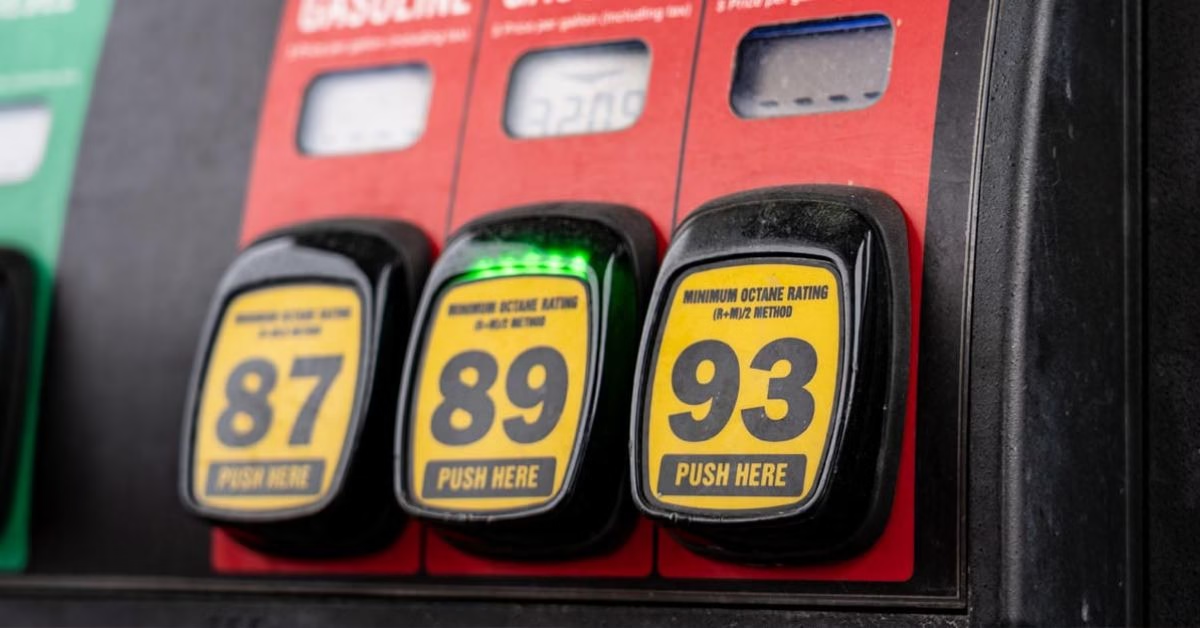In Kenya’s bustling economy, where vehicles play a crucial role in transportation and commerce, the quality of fuel is paramount. One key measure of fuel quality is its octane rating. This article delves into the world of octane, explaining its importance, the potential problems with using the wrong octane, testing methods, and how Kenyan drivers can ensure they’re getting the best fuel for their vehicles.
What is Octane Rating?
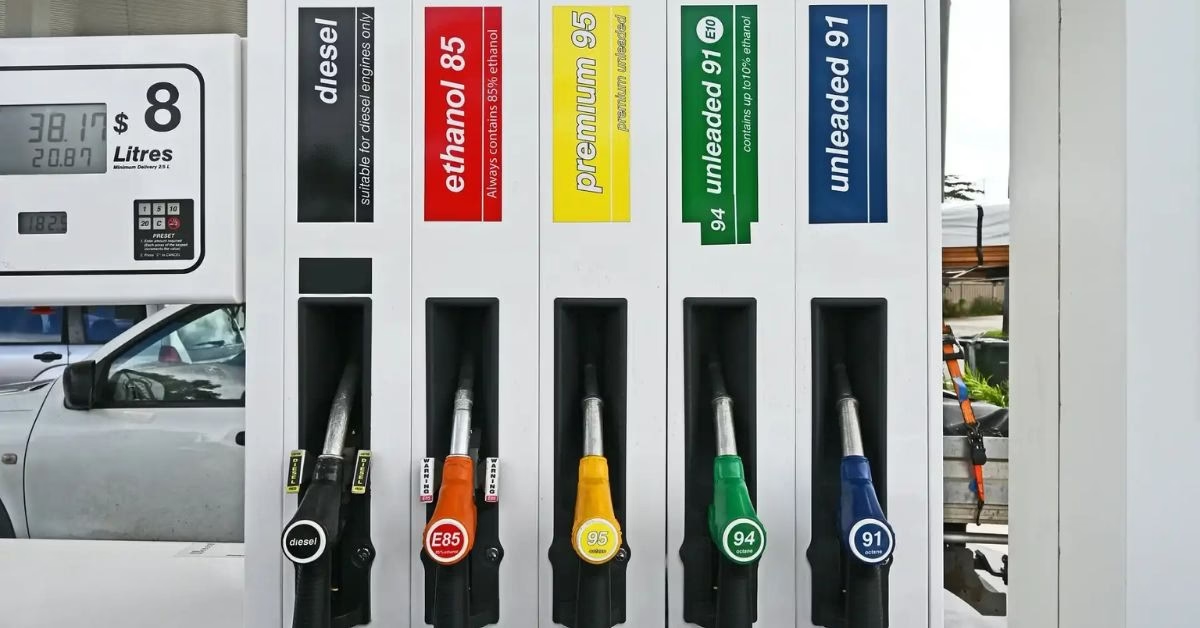
Imagine your car’s engine as a tiny, controlled explosion happening thousands of times a minute. Fuel and air mix, and a spark ignites them, pushing the pistons that turn the wheels. Octane rating is essentially a measure of how well a fuel resists “knocking” or “pinging” during this combustion process. Knocking occurs when the fuel ignites prematurely and uncontrollably, before the spark plug fires. This can damage engine components over time.
Think of it like this: higher octane fuel is like a disciplined athlete, waiting for the right signal (the spark from the spark plug) to unleash its energy. Lower octane fuel is more like an impulsive individual, prone to reacting before the signal, causing a chaotic and inefficient combustion.
The octane rating is expressed as a number. Higher numbers indicate greater resistance to knocking. For example, a fuel with an octane rating of 95 is more resistant to knocking than a fuel with an octane rating of 90. It’s important to note that octane rating isn’t directly related to the power a fuel delivers, but rather its stability under pressure and heat.
Why is Octane Rating Important for Modern Vehicles?

Modern vehicles, especially those with high-performance engines, are designed to operate at higher compression ratios. This means the fuel-air mixture is squeezed more tightly before it’s ignited. Higher compression ratios can lead to greater power output and fuel efficiency, but they also increase the risk of knocking. That’s where the octane rating comes in.
Engines designed for higher compression require high-octane fuel to prevent knocking. Using lower-octane fuel than recommended can lead to:
- Engine Damage: Knocking can cause severe damage to pistons, connecting rods, and other engine components. Over time, this can lead to costly repairs or even engine failure.
- Reduced Performance: Knocking can reduce engine power and fuel efficiency. You might notice your car feels sluggish or that you’re using more fuel than usual.
- Increased Emissions: Knocking can also increase harmful emissions.
In Kenya, where many vehicles are imported, it’s crucial to know the octane requirement of your specific vehicle. Even if a car was originally designed for a certain octane level in another region, using the correct fuel in Kenya is just as important to maintain its health.
What Could Go Wrong with a Lower Octane Rating?
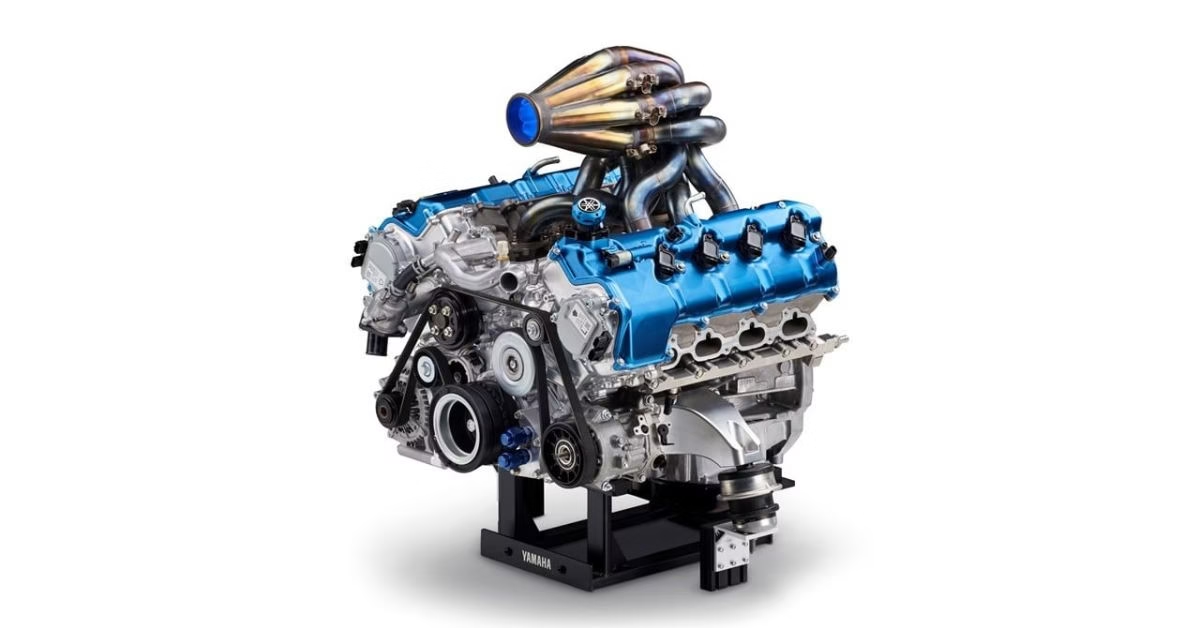
Using a lower octane rating than recommended is like giving your engine the wrong medicine. The immediate effects might not be noticeable, but the long-term consequences can be significant.
Imagine the uncontrolled combustion of low-octane fuel. Instead of a smooth, powerful push on the piston, you get a series of erratic, jarring explosions. This puts immense stress on engine components. Over time, this stress can lead to:
- Piston damage: Pistons can develop cracks or even holes.
- Connecting rod damage: Connecting rods can bend or break.
- Valve damage: Valves can become warped or burned.
- Bearing damage: Bearings can wear out prematurely.
These are just some of the potential problems. In severe cases, using the wrong octane fuel can lead to catastrophic engine failure, requiring a complete engine rebuild or replacement.
Testing Octane Rating: Lab vs. Portable Methods
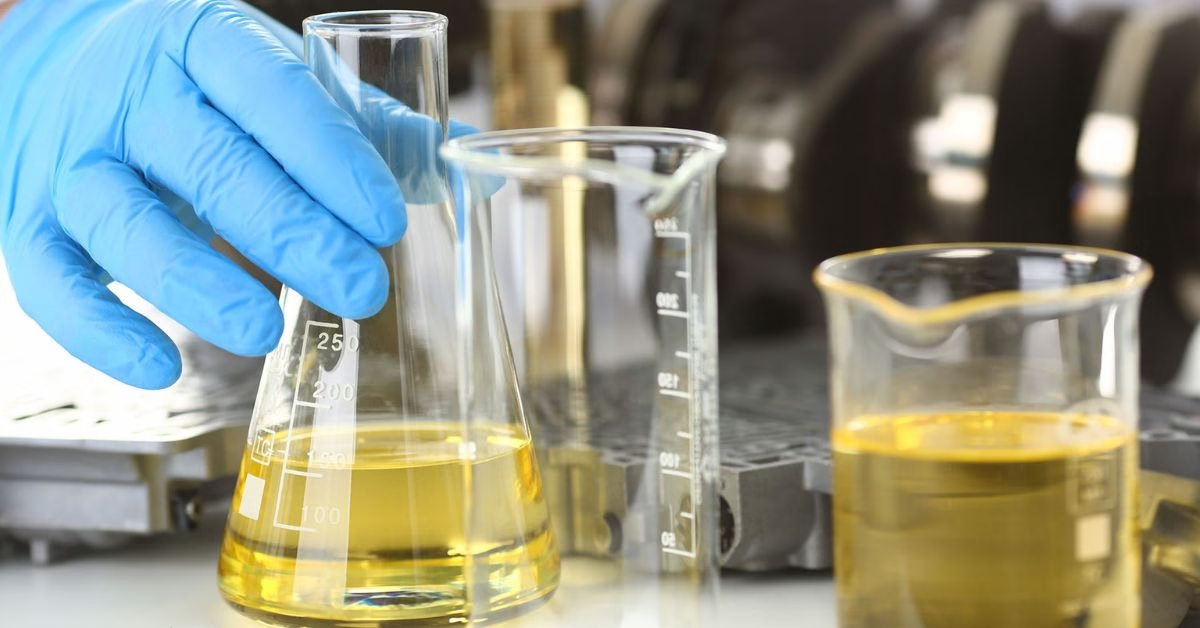
Measuring octane rating accurately requires specialized equipment and procedures. There are two main approaches:
- Laboratory Testing (ISO 5164 & ISO 5163): This is the most accurate method. Labs use a specialized engine, known as a Cooperative Fuel Research (CFR) engine, to determine the Research Octane Number (RON) and Motor Octane Number (MON). These tests are conducted under strictly controlled conditions to ensure accuracy and repeatability. The RON test is conducted at a lower engine speed, while the MON test is performed at a higher engine speed and more closely simulates real-world driving conditions. In many countries, the Anti-Knock Index (AKI) is used, which is the average of RON and MON.
- Portable Testing: Portable octane analyzers are available, but they are not as accurate as lab tests. These devices typically use near-infrared spectroscopy or other methods to estimate octane rating. While they can be useful for quick checks or comparisons, they should not be relied upon for critical applications. Portable analyzers can be affected by factors like temperature and fuel composition, leading to a margin of error.
(Note that this doesn’t mean that they are non-functional.)
Top Portable Octane Analyzers for Sale in Kenya
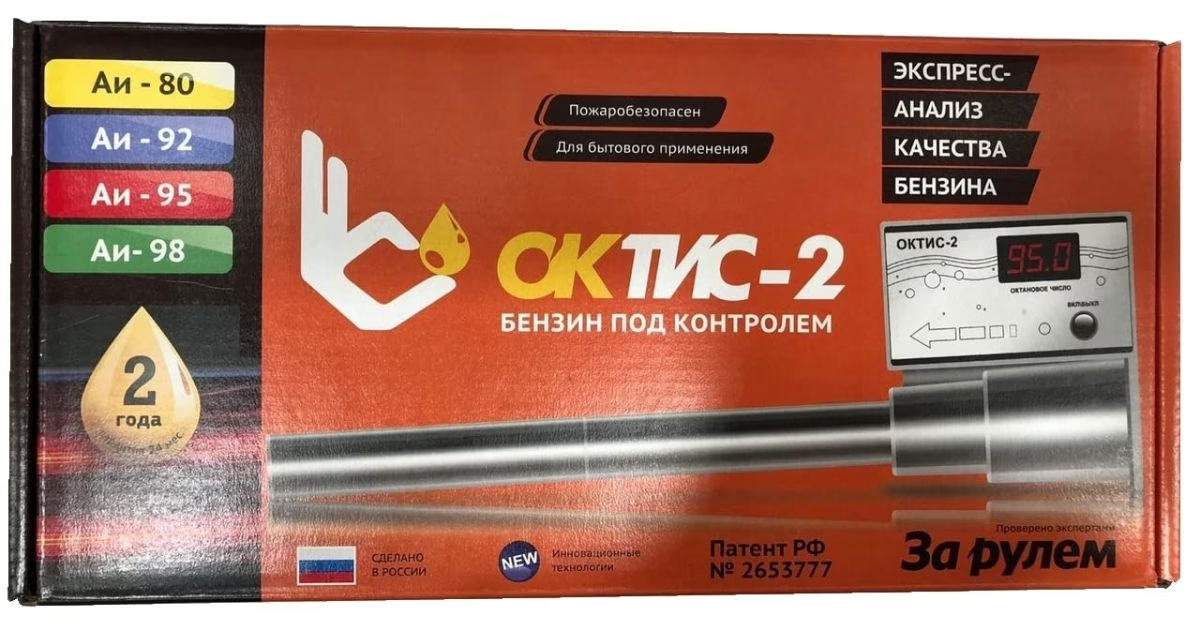
The Oktis 2 is among the top options you can buy in Kenya. Selling for only $320 or approx. KSH 41,600, the Oktis 2 portable octane analyzer offers a sophisticated yet accessible solution for discerning consumers. This compact device empowers users to verify the true octane rating of gasoline, effectively mitigating the risks associated with substandard or adulterated fuel.
The Oktis 2 functions as a highly sensitive instrument, capable of detecting octane numbers ranging from 75 to 99.9. Its analytical capabilities extend beyond simply confirming posted octane ratings; it identifies the presence of potentially harmful additives often used to artificially inflate these numbers.
This crucial feature safeguards your engine against damage caused by substances like naphthalene, lead compounds, or excessive alcohol content. By proactively identifying these risks, the Oktis 2 contributes significantly to reducing long-term maintenance costs and extending engine life.
The device’s portability and ease of use are noteworthy. Measurements can be conducted rapidly, either directly at the fuel pump via the flow method (requiring minimal fuel volume) or in a stationary setting using the immersion method. This flexibility makes the Oktis 2 an invaluable tool for both daily commutes and extended travel, where fuel quality can vary significantly.
Its robust design requires no specialized maintenance, further enhancing its practicality. The underlying technology relies on measuring the fuel’s permittivity, a scientific principle directly correlated with octane number, ensuring accurate and reliable readings.
OKTIS 2 Portable Octane Analyzer – BUY NOW
Ensuring You Get the Best Fuel
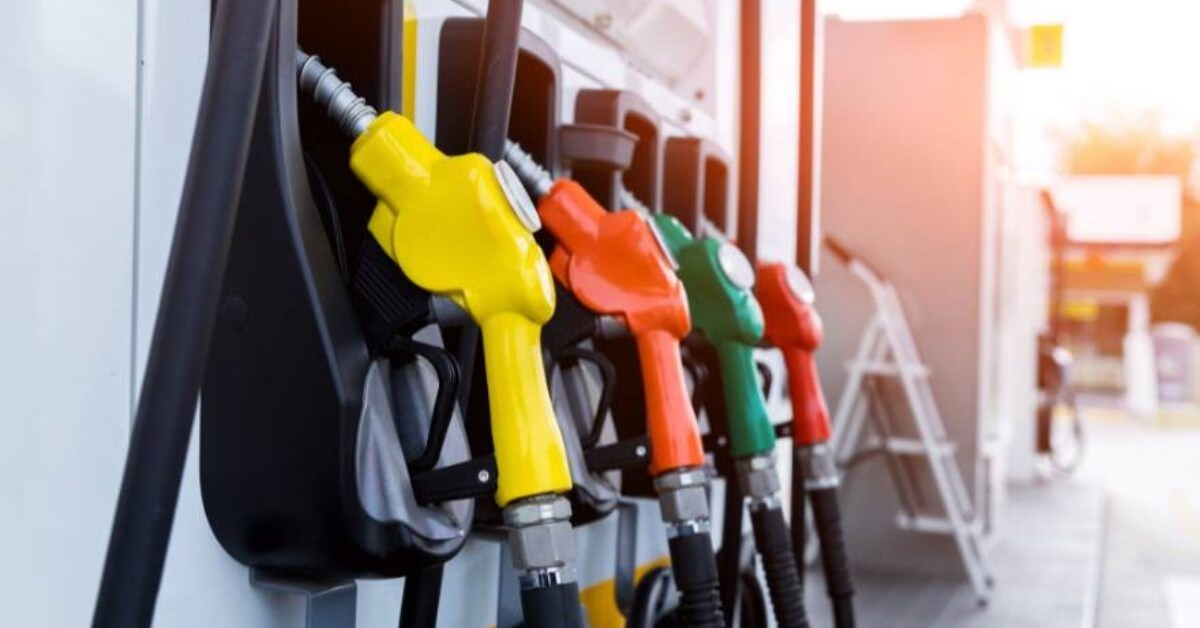
Nowadays, fuel quality in Kenya can be a concern. Here are some tips to help you ensure you’re getting the best fuel for your vehicle:
- Consult your vehicle’s manual: Your car’s manual will specify the recommended octane rating. Stick to this recommendation.
- Buy from reputable fuel stations: Choose well-known and trusted fuel stations. They are more likely to have quality control measures in place.
- Be wary of unusually low prices: Extremely low fuel prices could be a red flag. The fuel might be of poor quality or even adulterated.
- If in doubt, test: If you have concerns about the fuel quality, you can test it using portable octane analyzers.
Octane rating is a critical factor in the performance and longevity of modern vehicles. Understanding the octane requirements of your vehicle and using the correct fuel is essential to prevent engine damage and ensure optimal performance. By being informed and proactive about fuel quality, African car owners can keep their vehicles running smoothly and contribute to a healthier and more efficient transportation sector.
🚗 Let #MotorQuips help you find your perfect car.
📧 Contact us today at sales@motorquips.com

